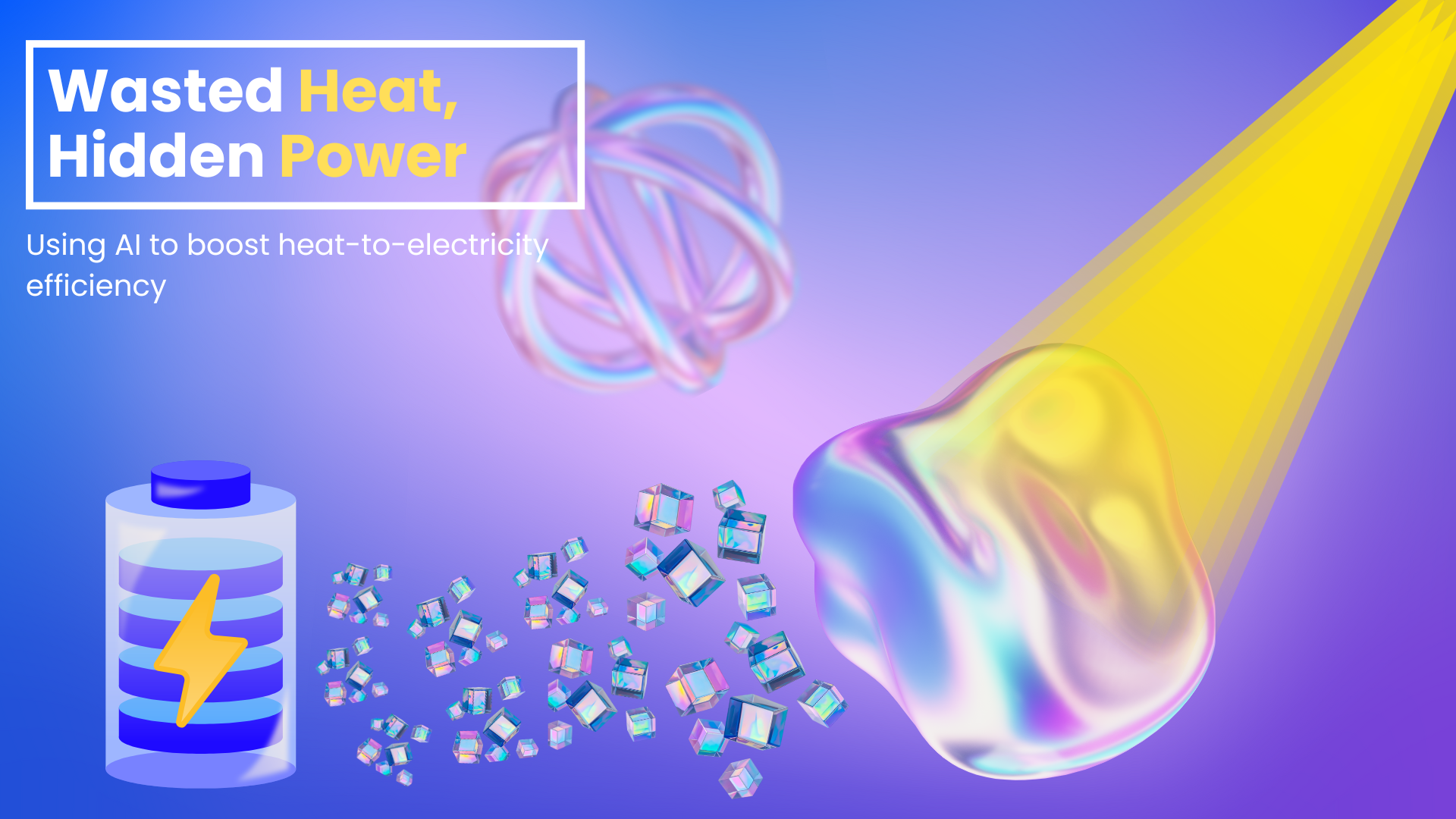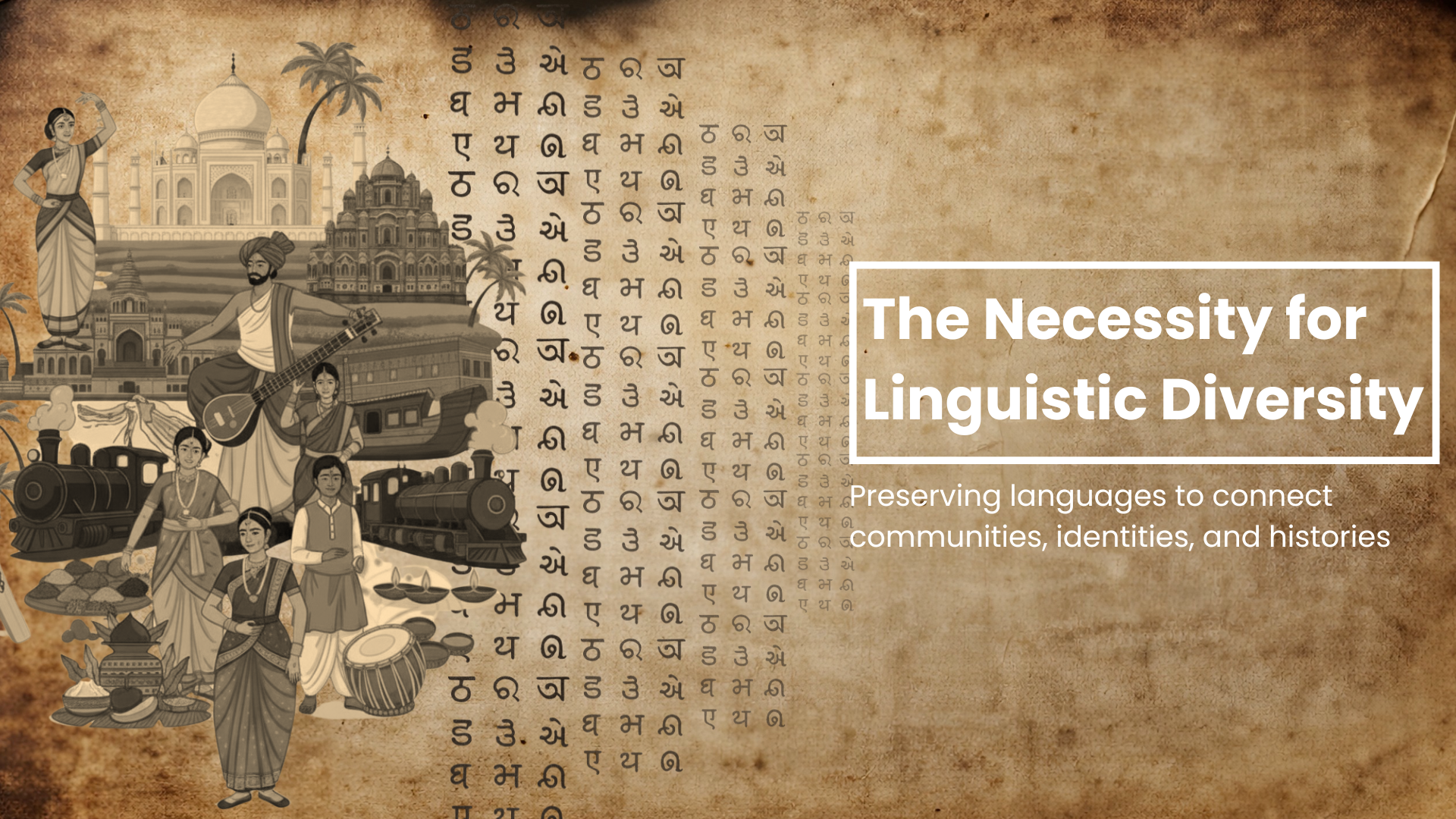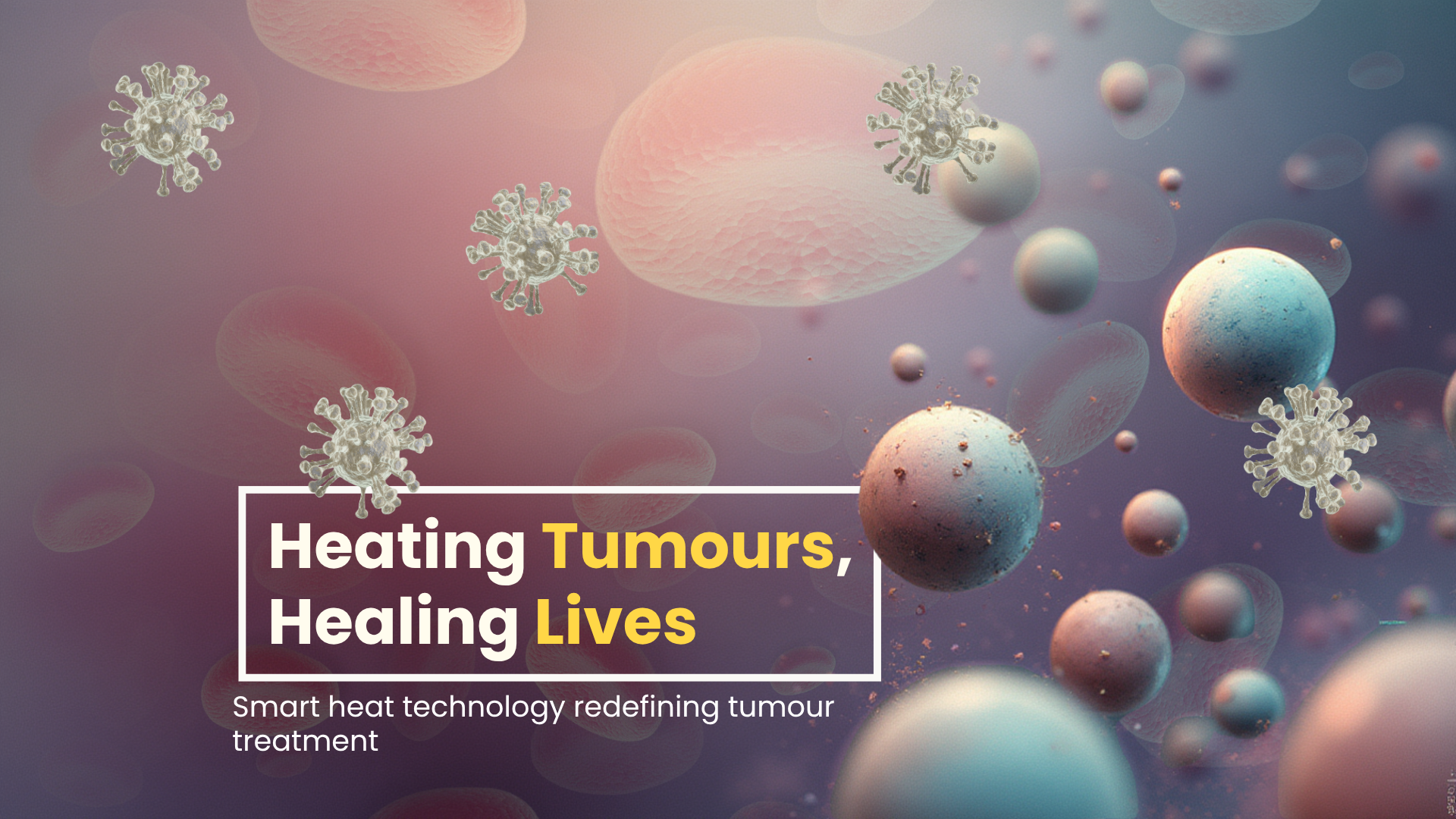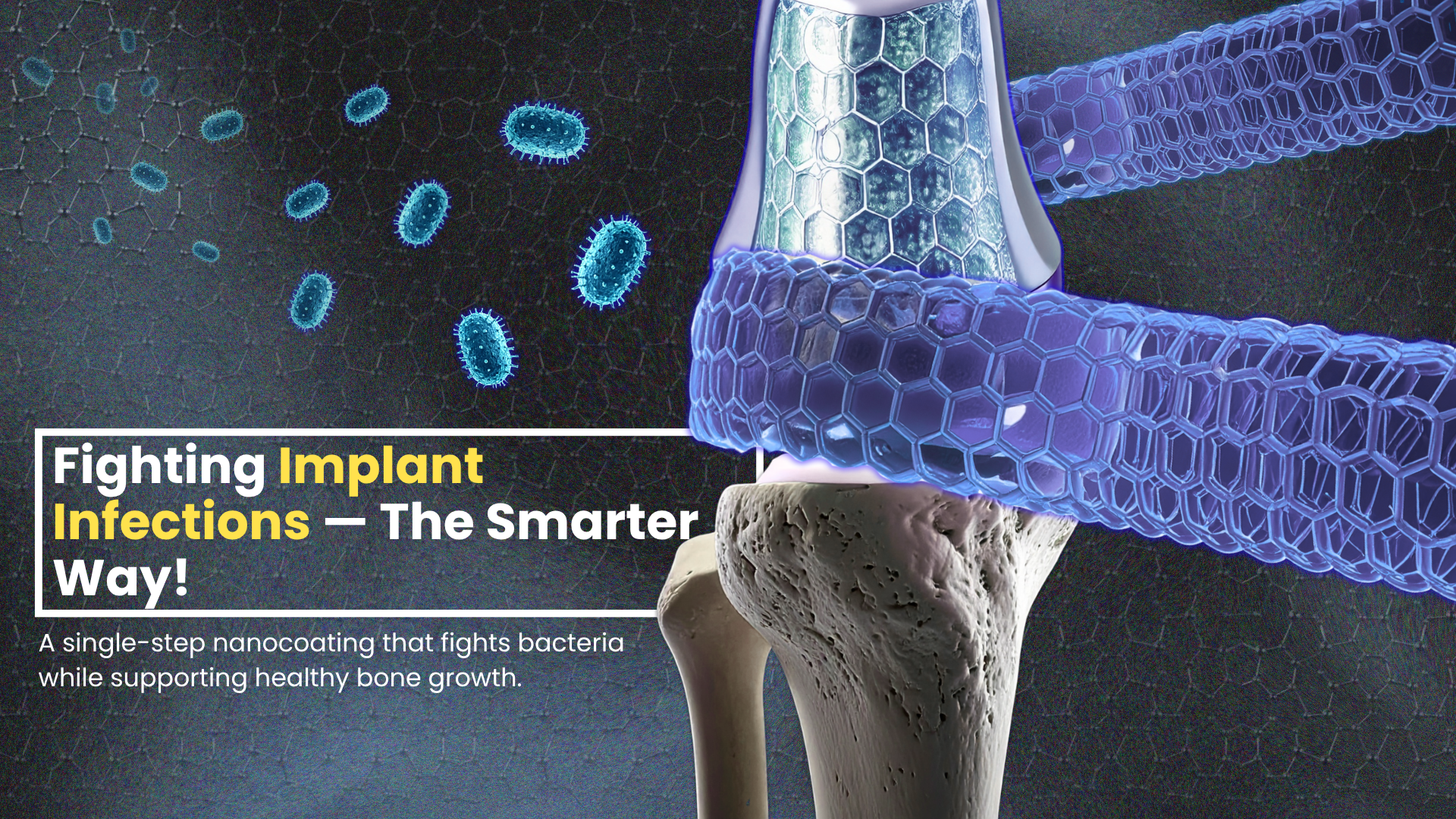
It’s weird to know that although 71 percent of the earth’s surface is covered with water, oceans have 96.5 percent of the water. About 2.5 percent of the world’s water is freshwater, out of this, only 0.79 percent is fresh groundwater. This quantity, though seems to be small, is about 100 times larger than fresh surface water in rivers and lakes. Therefore it is precious.
Groundwater is one of the world’s most important and largest freshwater sources. It is a significant water resource in arid (dry) and semiarid regions, and it is used for drinking, irrigation, industrial, and domestic purposes.
Unfortunately, groundwater tends to get contaminated due to natural and humanmade causes. Natural causes include weathering, dissolution, and leaching of rocks. Humanmade causes include industrial effluents, agrochemicals, waste disposal etc.
Trace elements are found in groundwater, and high concentrations of them could affect human health and the environment.
Trace elements can be classified into essential and non-essential. Essential trace elements include cobalt, iron, manganese, and zinc. Non-essential trace elements include arsenic, cadmium, and lead.
Non-essential trace elements can cause problems in the brain and the heart and could also cause cancer in humans. Elements like iron and zinc in high concentrations in the groundwater may even cause skin problems like eczema. Therefore, it is necessary to study the concentration of trace elements in groundwater.

In this study, the authors Mr. Anbarasu Subramaniyan from the Department of Geology, Anna University, Chennai, India and Dr. Lakshmanan Elango from the Hydraulics and Water Resources Engineering Group, Department of Civil Engineering, Indian Institute of Technology Madras, Chennai, India have studied the gneissic (gneiss is a widely distributed type of metamorphic rock) terrain of Perambulur District in Tamil Nadu, India, using hazard quotient (HQ) and hazard index (HI) techniques.
44 groundwater samples were tested to detect the amount of trace elements in the samples during pre- and post-monsoon seasons in 2018. The drinking water quality, hazard quotient, hazard index, and carcinogenic risk were assessed.
It was found that nickel and cobalt were released more during the post-monsoon; and zinc, iron, copper, and lead concentrations were high during the pre-monsoon.
The dominant type of groundwater was calcium bicarbonate and mixed calcium-magnesium-chlorine type.
The trace element concentration in groundwater was found to be suitable for drinking and irrigation purposes in the study area, except for a few locations.
The hazard quotient and hazard index revealed non-carcinogenic risks to human health by using this water for domestic purposes.
This study is very helpful in preventing children from health risks due to trace elements and highlights the importance of managing the precious groundwater, especially in rural India, as people depend on it for their living.
Dr. Isabelle M. Cozzarelli, Research Hydrologist with the U. S. Geological Survey; Geology, Energy & Minerals (GEM) Science Center in Reston, VA, United States, analyzed the work done by the authors and acknowledged its importance with the following comments: “In their paper on trace elements in groundwater in the Perambulur district, located in Tamil Nadu, southern India, Subramaniyan and Elango examined the concentrations of major ions and the trace elements Pb, Zn, Cu, Fe, Co, Ni, and Te. They used correlation matrix analyses to understand the relationship between major and trace elements and principal component analyses to investigate probable hydrogeochemical processes influencing groundwater composition. They also calculated the hazard quotient (HQ) for exposure, through ingestion and dermal contact with water, for each element, as well as the carcinogenic risk (CR). These exposure risks were evaluated for both children and adults. Understanding the patterns of trace element concentrations in groundwater, what controls those concentrations, and the pathways of exposure, is important for safeguarding human and ecosystem health.
A few groundwater wells exceeded the permissible levels for Pb, Cd, Ni, and many wells exceeded the permissible levels for Zn in drinking water. Subramaniyan and Elango observed higher concentration of trace elements in groundwater in regions with gneissic rocks than regions with charnockite rocks, due to the weatherability of the gneissic rocks. In addition, they observed variations in concentrations and hydrogeochemical controls based on whether samples were collected pre or post monsoon. Calculations of the HQ showed that children drinking groundwater during the pre-monsoon would be at greater health risk than either adults or during the post-monsoon. The elements Pb, Ni, and Cd were the constituents that likely contributed most to non-carcinogenic health risks through drinking water, although this varied by region and underscores the importance of understanding the hydrogeochemical controls on drinking water quality. In addition, understanding the elements and patterns of most health risk, will aid resource managers in designing changes to land use and water management practices in order to minimize risk.”
Below please find a collage of images from the sites visited by the authors for this study :
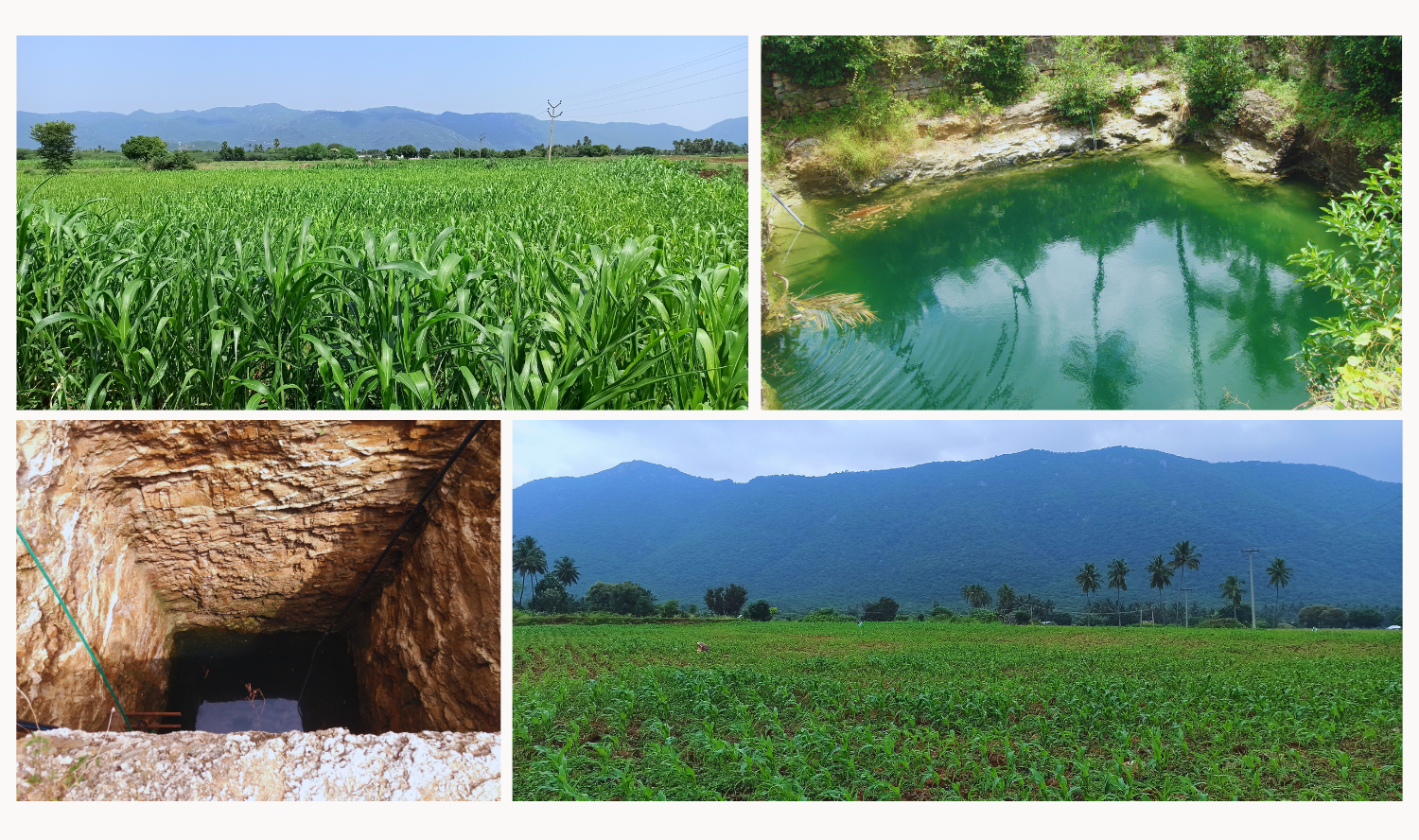
Article by Akshay Anantharaman
Click here for the original link to the paper

